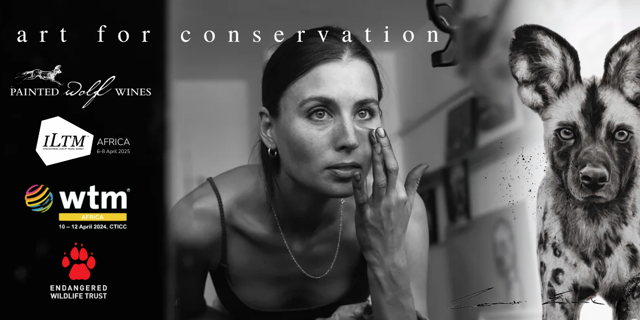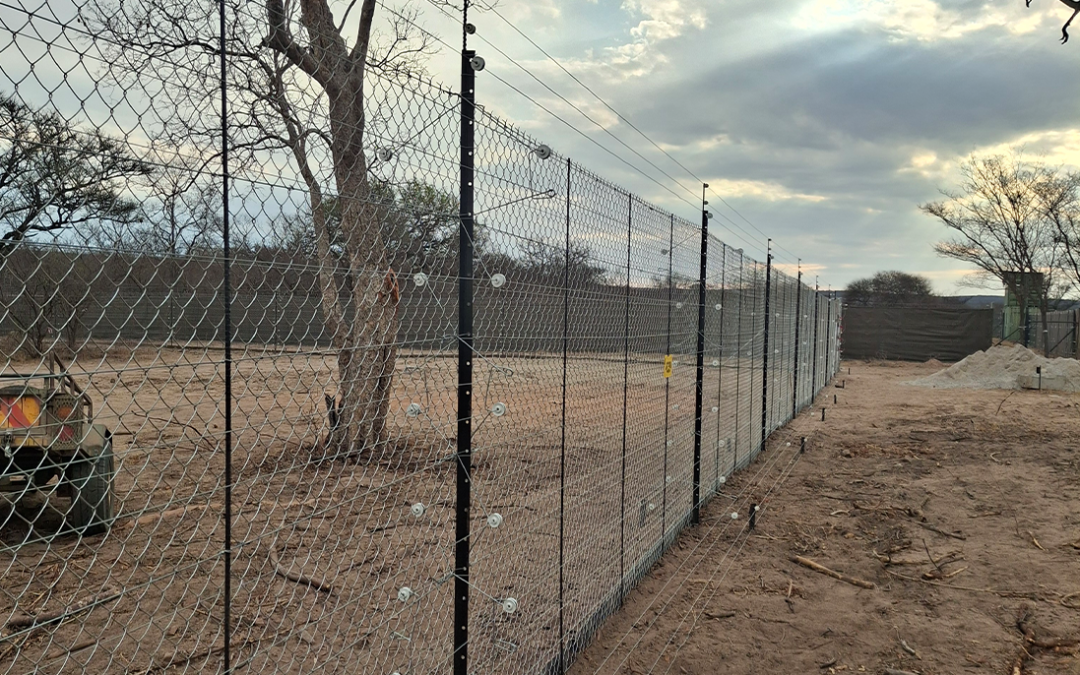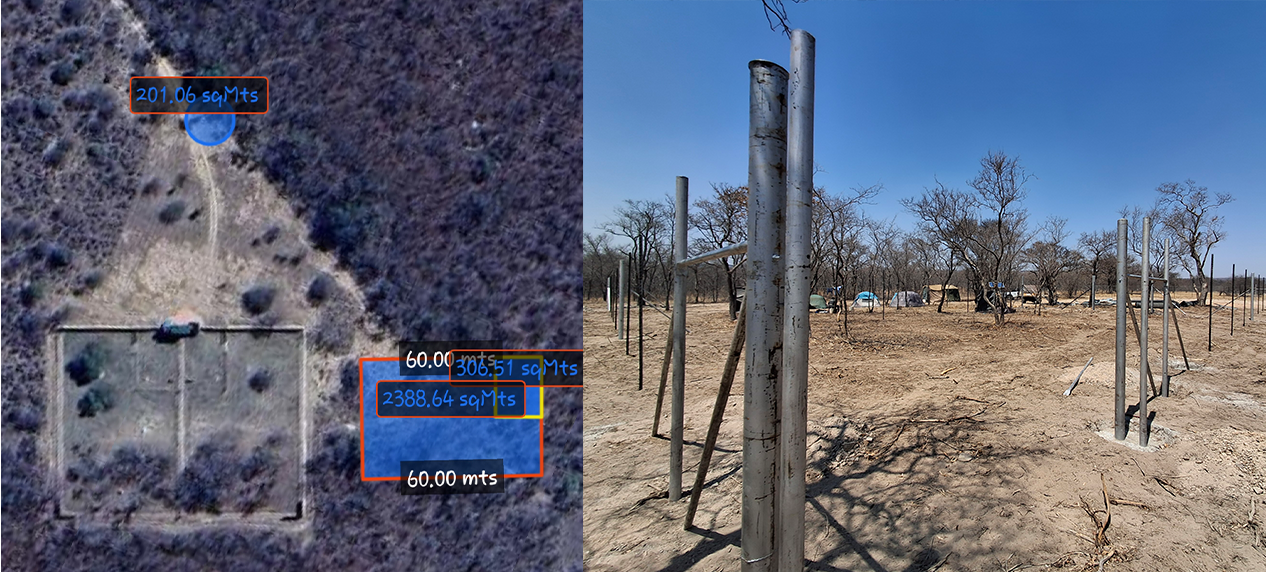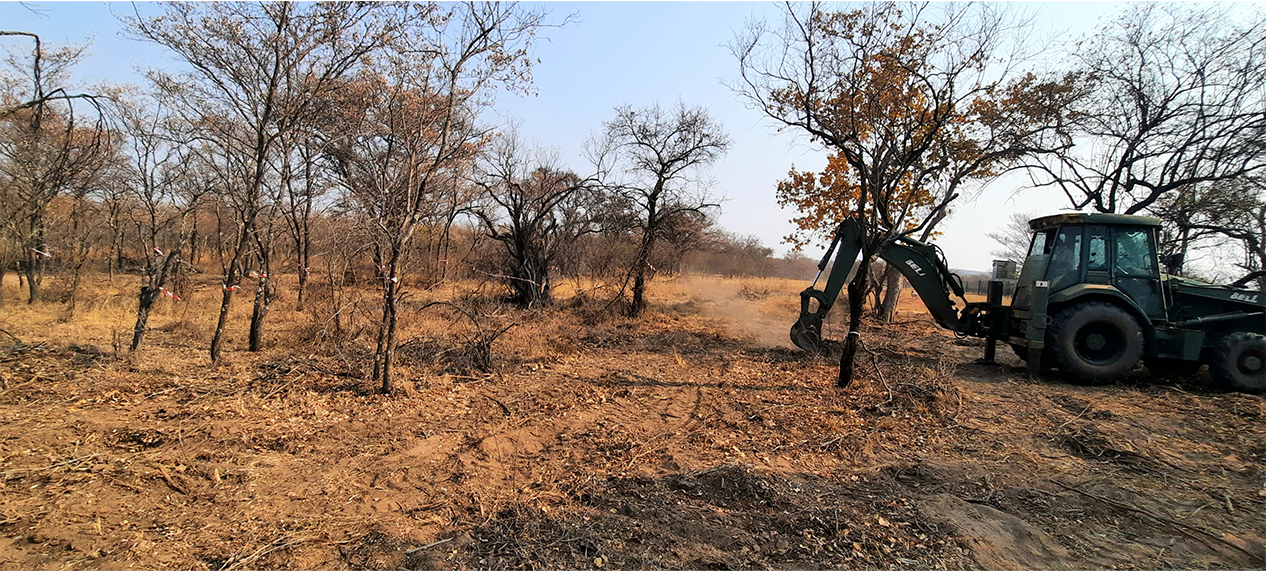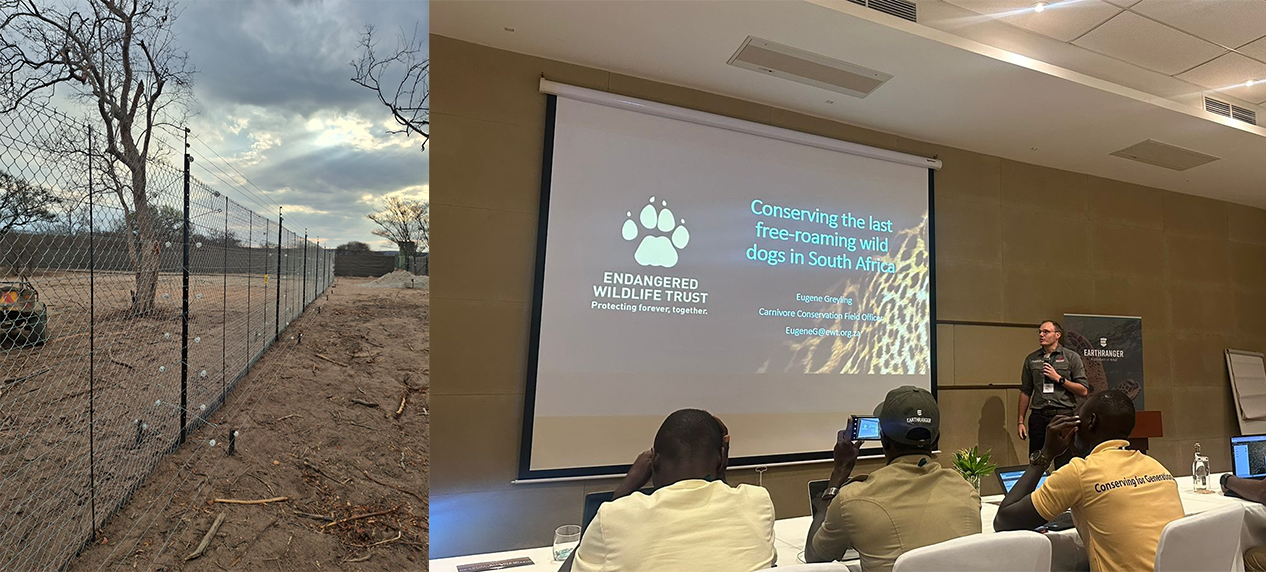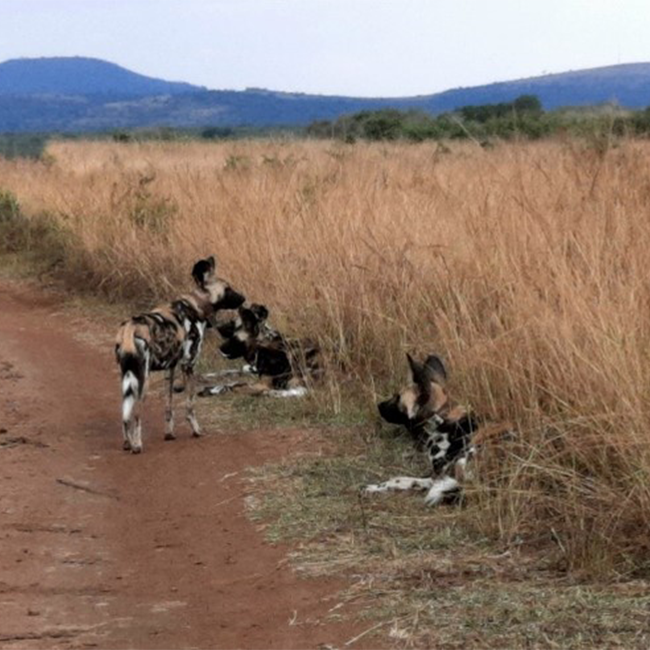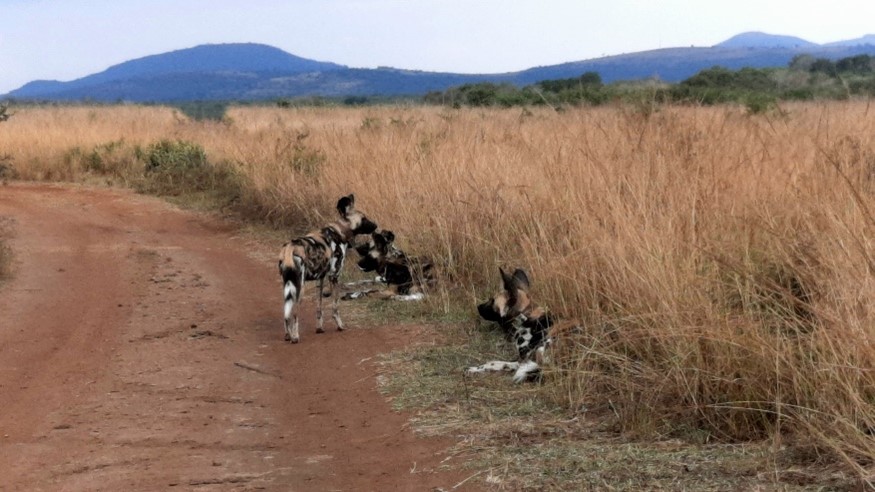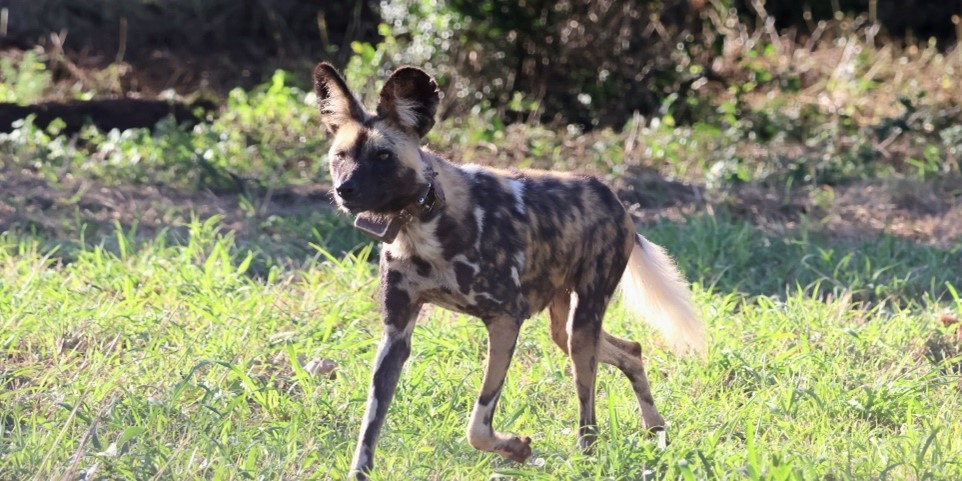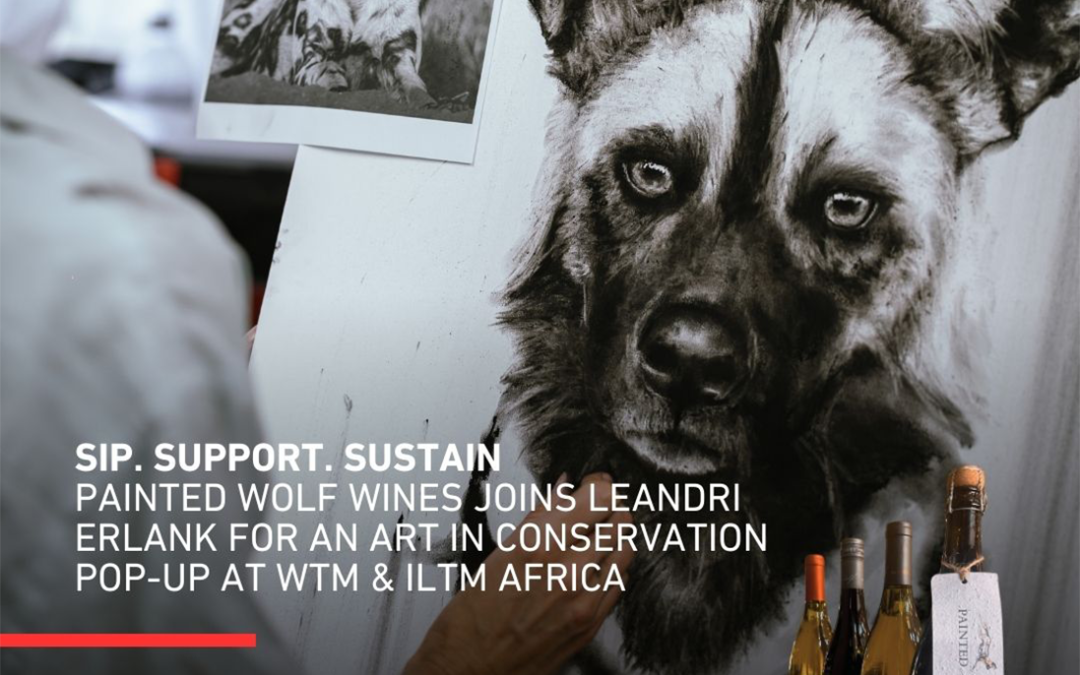
Art & Wine for Conservation: Painted Wolf Wines at WTM & ILTM Africa | April 9–11
Sip. Support. Sustain.
Welcome to the hub for our collaborative journey of art, wine, and conservation. Painted Wolf Wines, in partnership with the Endangered Wildlife Trust (EWT) and artist Leandri Erlank, brings you an inspiring initiative that supports African wild dog conservation.
Discover Painted Wolf Wines at WTM & ILTM Africa
Experience the connection between wine, conservation, and sustainable tourism at Africa Travel Week.
- ILTM Africa: April 6–8
- WTM Africa: April 9–11
Every sip supports the protection of Africa’s most endangered carnivore.
Art for Conservation: Online Auction
Bid on exclusive, conservation-inspired artworks by Leandri Erlank, created in collaboration with Painted Wolf Wines.
- Bidding closes: 30 April 2025
- Winners announced: 14 May 2025
Proceeds go directly to EWT’s African wild dog conservation efforts.
Why Painted Wolf Wines Supports EWT
Painted Wolf Wines is committed to conservation through sustainable land use and eco-tourism. Together with EWT, we’re funding critical projects to protect African wild dogs.
Meet the Artist: Leandri Erlank
Leandri Erlank’s art captures the beauty and vulnerability of African wild dogs. Explore her creative process and the artworks available in the auction.
